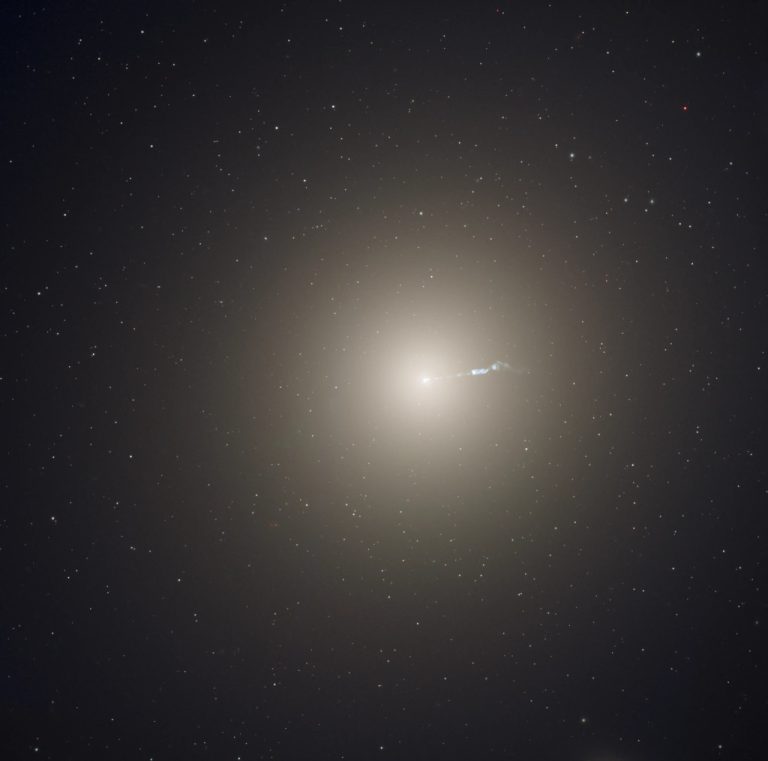2020 May 20
Moon, Mars, Saturn, Jupiter, Milk Way
Image Credit & Copyright: Mihail Minkov
Explanation: It is not a coincidence that planets line up. That’s because all of the planets orbit the Sun in (nearly) a single sheet called the plane of the ecliptic. When viewed from inside that plane — as Earth dwellers are likely to do — the planets all appear confined to a single band. It is a coincidence, though, when three of the brightest planets all appear in nearly the same direction. Such a coincidence was captured about a month ago. Featured above, Earth’s Moon, Mars, Saturn, and Jupiter were all imaged together, just before sunrise, from the Black Sea coast of Bulgaria. A second band is visible diagonally across this image — the central band of our Milky Way Galaxy. If you wake up early, you will find that these same planets remain visible in the morning sky this month, too.
Astrophysicists: Browse 2,100+ codes in the Astrophysics Source Code Library
Tomorrow’s picture: open space
月亮、火星、土星、木星与银河
影像提供与版权: Mihail Minkov
说明: 行星会聚有如联珠并非偶然。这是因为所有行星绕行太阳的轨道,几乎都在黄道上。所以从黄道面上看出去,如地球住民经常所为,这些行星看起来都分布在同一平面上。不过,如果最亮行星之三几乎都出现在同一方向,形同联珠,那这就是纯属巧合了。上个月摄于保加利亚 黑海滨的这幅主题影像,就记录到这种巧合。在影像中,月亮、火星、土星和木星一同出现在日出前的天空中。而在这张影像里,还可见到第二道从顶端斜贯而过的带状结构,那是我们银河系的中央盘面。如果你能早起,在这个月的清晨天空中,仍然可以见到这些明亮的行星。
Astrophysicists: Browse 2,100+ codes in the Astrophysics Source Code Library
明日的图片: open space







